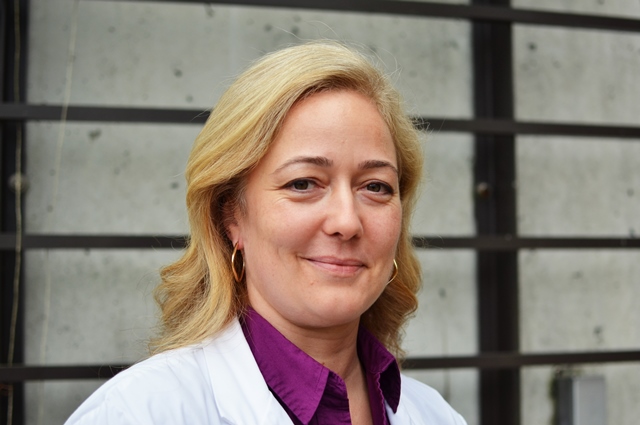By Diane Wild
When Lisa Hegler started her position as a skin and wound clinician at Burnaby Hospital in 2009, she discovered a culture where “red bottoms were the norm” and at least eight referrals a day came in for patients suffering from skin breakdowns in their genital areas.
With a little detective work, she realized that with little to no bladder and bowel function assessment, all patients were being put in briefs with soaker pads on their beds, exposing their skin to urine and feces for prolonged periods and causing those hard-to-heal wounds.
She also discovered that there was a connection to the habit of putting most patients in briefs with the incidence of hospital-acquired urinary tract infection rates, and suspected that many reported pressure injuries were actually caused by these skin breakdowns.
Another issue was the danger of sending patients home worse off in terms of continence than when they arrived. “I was hearing staff telling patients ‘go in your diaper and when I have time I’ll come and change you,’” Lisa says. “We know that elderly people in particular can lose that brain to bladder and bowel connection and become functionally incontinent, and that’s the leading cause of admission to residential care – families can’t cope with the cost and time of urine and fecal incontinence.”
Lisa and her colleagues, including Misty Stephens, Marcia Carr and Maneet Samra, were out to change the culture, which was only possible with strong leadership support and continence education built into venues such as huddles, lunch and learns, grand rounds, and regional training.
After the rollout of 48/6 came a renewed focus on assessing and maintaining a patient’s usual bowel and bladder function, but part of the issue was that briefs were the one thing available to staff for toileting, other than physically getting patients to the bathroom.
Lisa and her colleagues reviewed the available supplies to ensure staff had access to external urinary pouches, urinary condom catheters, fecal collection devices, and urinals for women. Then surgical wards went briefless and saw no urinary tract infections for the first few months. The rest of the hospital, with the exception of Emergency, followed suit the following year.
The result? Burnaby Hospital went from those eight referrals a day for continence-related dermatitis to six cases in three months. They saw a 60 per cent reduction in hospital-acquired urinary tract infection rates and their pressure injury rates when from 12 per cent in 2013 to 4 per cent in 2015.
Now the adult continence protocol developed at Burnaby has rolled out to other Fraser Health hospitals, been presented at conferences in Montreal and Salt Lake City and an article about the implementation of an acute adult continence protocol is to be published.
It’s no coincidence that one of Lisa’s favourite quotes is “Never doubt that a small group of thoughtful, committed citizens can change the world; indeed, it’s the only thing that ever has.”
Diane Wild works in communications at Fraser Health.


